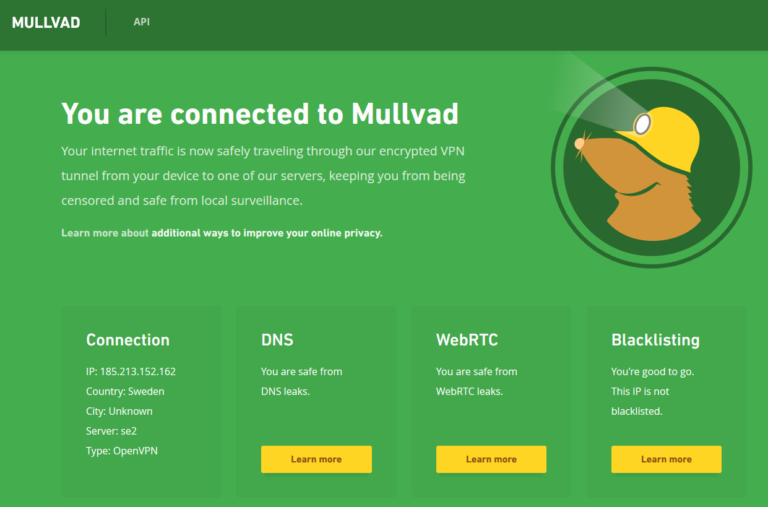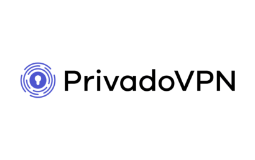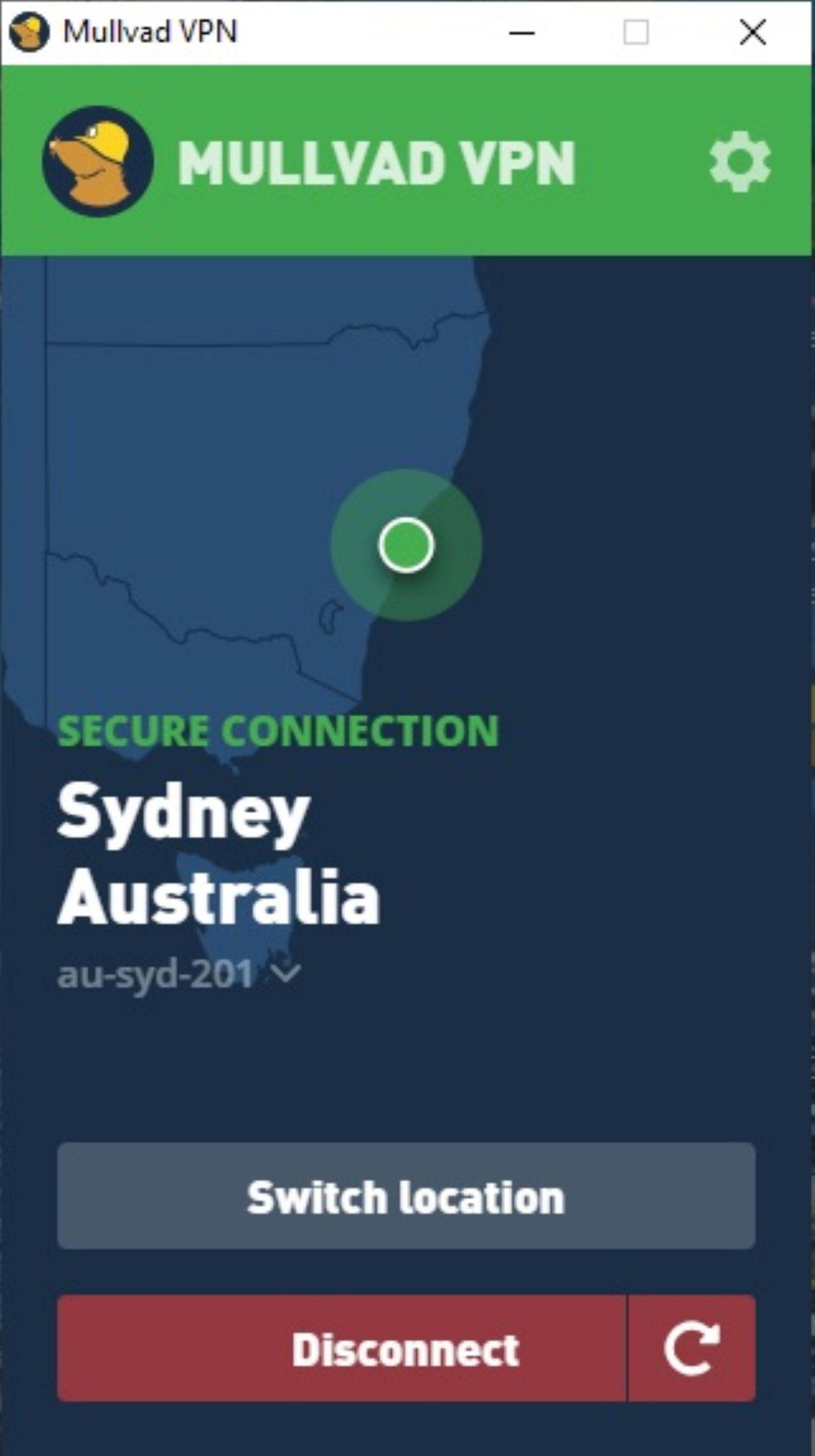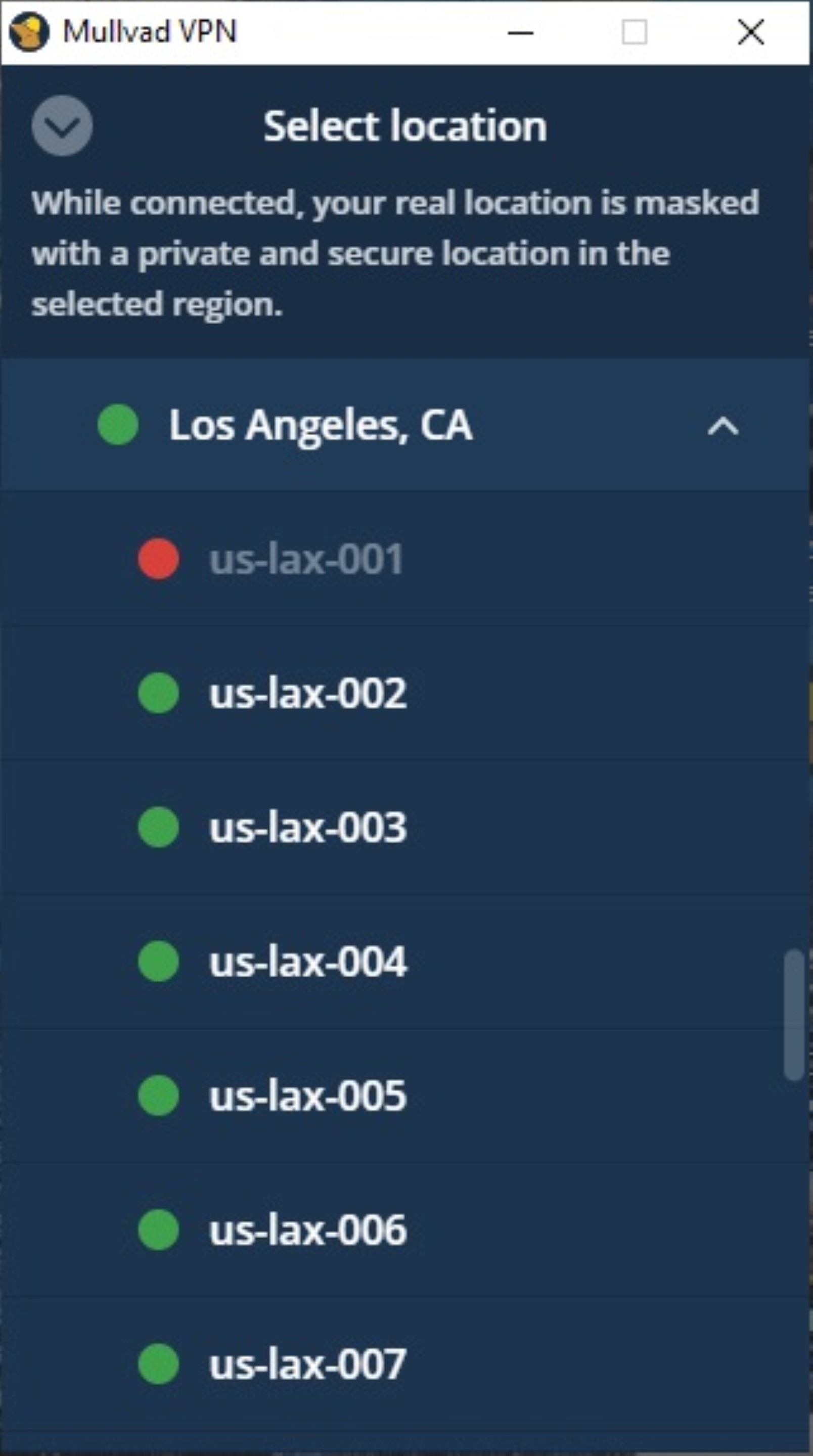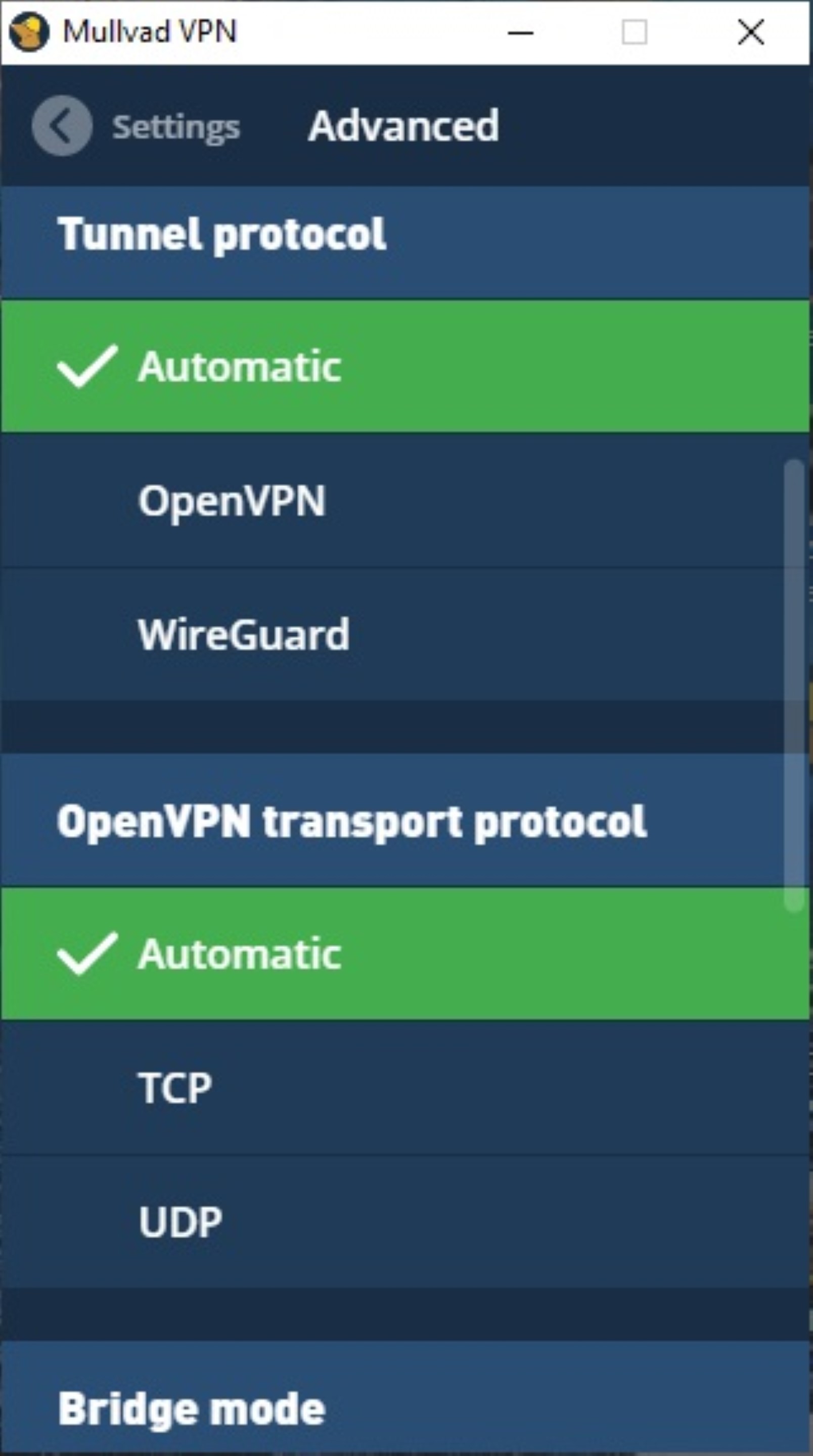Optus Mobile Review ALDI Mobile Review Amaysim Mobile Review Belong Mobile Review Circles.Life Review Vodafone Mobile Review Woolworths Mobile Review Felix Mobile Review Best iPhone Plans Best Family Mobile Plans Best Budget Smartphones Best Prepaid Plans Best SIM-Only Plans Best Plans For Kids And Teens Best Cheap Mobile Plans Telstra vs Optus Mobile Optus NBN Review Belong NBN Review Vodafone NBN Review Superloop NBN Review Aussie BB NBN Review iiNet NBN Review MyRepublic NBN Review TPG NBN Review Best NBN Satellite Plans Best NBN Alternatives Best NBN Providers Best Home Wireless Plans What is a Good NBN Speed? Test NBN Speed How to speed up your internet Optus vs Telstra Broadband ExpressVPN Review CyberGhost VPN Review NordVPN Review PureVPN Review Norton Secure VPN Review IPVanish VPN Review Windscribe VPN Review Hotspot Shield VPN Review Best cheap VPN services Best VPN for streaming Best VPNs for gaming What is a VPN? VPNs for ad-blocking This is where Mullvad VPN comes in to simplify the process. Mullvad seeks to simplify this process by only offering a flat €5 monthly fee, plus there are plenty of payment options (and there’s a 10% discount for paying with Bitcoin). While it is trickier to recall than a username and password, and it doesn’t play as nice with password managers that seek out a username/password combo, it does mean that your VPN connection is protected at an account level because there’s no need to supply personal information, not even an email address. Couple this with Mullvad’s zero-logging policy, and this is a VPN service that takes user privacy very seriously. The simplification returns when it comes to actually using Mullvad VPN. While neither the Windows software nor Android app that I tested for this review are much to write home about in terms of their design, they get the job done in a straightforward way. Mullvad starts by recommending Sweden (Mullvad’s home base) as the default connection option, but it’ll remember where you last connected to afterwards. Simply click on the country name, switch to one you like, then head back to the main screen and tap on ‘Secure my connection’. About eight seconds later you should be online, and disconnecting only takes a few seconds with only minor interruptions to real-time internet services (like music streaming) in my tests. Back on the location page, click or tap on the down arrow next to a country to select locations, and then use the down arrow next to the location to find specific servers. There isn’t any information beyond the server name and the at-a-glance logic that green means a server is good to use and red means it’s offline. At the time of writing this review, Greece’s only server was offline, which isn’t great considering Mullvad only has 37 country options, which makes it the second-lowest count behind Norton Secure VPN (31) for our VPN reviews, and there were only 766 servers. For context, while TunnelBear doesn’t say how many servers it has, the next lowest server count of the VPNs we’ve reviewed is the 1,600+ from IPVanish.
PC (Windows 7 and newer) Mac (MacOS 10.13 and newer) Linux (Debian 10+, Ubuntu 18.04+ and the two latest Fedora releases) iOS Android Chromebook
Mullvad VPN also supports any other device that allows for an OpenVPN or WireGuard protocols, and you can find configuration files for both on this Mullvad VPN support page. The table below shows the base no-VPN speeds of my Superloop NBN 100/40Mbps Fibre-to-the-Curb home internet connection at a base level during the middle of the day. Moving down the table, you’ll see how download and upload speeds as well as latency are impacted by connecting to particular Mullvad VPN servers in Australia, the US and the UK. During all of my Mullvad tests, I only had dropout during my early tests, otherwise Mullvad was always connected, regardless of the server locations I was testing. The US speeds are okay, with a mix of great latency alongside acceptable changes to download and upload. Manually switching servers (all in Los Angeles for the closest servers) did improve download speeds but at the cost of upload speed. Meanwhile, connecting to a UK server resulted in good download speeds given the distance, okay upload speeds and acceptable latency. To put all of this in the context of Australian NBN internet, the table below uses the best-case 26% download speed change when using Mullvad to connect to a Los Angeles server and the 33% change when connecting to a London server. These percentages are used to adjust the average typical evening download speeds (TEDs) so you can get an idea of what Mullvad VPN would be like to use on your NBN connection. The three columns on the right use popular 4K streaming services to show how many simultaneous connections can run on a single NBN connection: Netflix allows up to four but Hulu and BBC iPlayer can technically have unlimited streams. Mullvad also has the edge on ExpressVPN for a lower percentage difference in download speeds for Australian servers (3% vs 6%) and even edges out NordVPN (3% vs 4%), while latency across the three VPN services is comparable. For US servers, ExpressVPN comes out on top for download and upload speeds (16% and 29% changes vs 26% and 37%) and NordVPN’s download speeds beat Mullvad, too (19% vs 26%), even if Mullvad comfortably wins on upload speeds (37% vs 84%). Still, NordVPN and ExpressVPN both have more servers (5,440 and 3,000+ vs 766) in more countries than Mullvad VPN (59 and 94 vs 37). While ExpressVPN and Mullvad allow for five simultaneous connections per account, NordVPN goes one better at six. Meanwhile, ExpressVPN and NordVPN both have included Smart DNS services and 24/7 support. Admirably, all three VPN services have zero-logging policies, comparable military-grade encryption and 30-day money-back guarantees. Despite some wins for Mullvad, ultimately, you’re better off investing in either NordVPN or ExpressVPN.
